At age twenty-seven, Andrew Feldmár accepted a tentative offer from his supervisor, Zenon Pylyshyn, a participant in the first experiments with LSD-25, to experience an LSD trip. Following that initiation, he took various other substances, always returning to LSD. During his apprenticeship with R. D. Laing, he was trained in Laing’s approach to LSD-therapy. A few years later, the use of these substances was prohibited. Now, after more than forty years, research has begun again into the healing possibilities of psychedelic psychotherapy. A movement has begun to have psychedelics, entheogens, and empathogens accepted worldwide as legal. However, training in how to use them varies.
Feldmár details fascinating stories of patients whose recovery hinged upon their use of LSD. He talks of how a single session of MDMA assisted many to attain insights that enabled their psychotherapy to proceed faster and deeper than before. He wants his experiences to help the next generation of psychedelic psychotherapists. They demonstrate that the most important aspect of psychedelic psychotherapy is the human connection: being involved and engaged with the other. There cannot be a protocol to follow, programmed music played, orders given. The therapist needs to feel at home within the altered state of consciousness of the patient during the session. The only way to learn this is through apprenticeship and time is running out as the older generation who worked in this way is dying out. The gains are high with this type of therapy, but so are the dangers. Thus, the focus needs to be not on the drug, but on the relationship between the therapist and the patient. Psychedelic psychotherapy is not for everyone but done well with the right patient and therapist, it can be transformative.
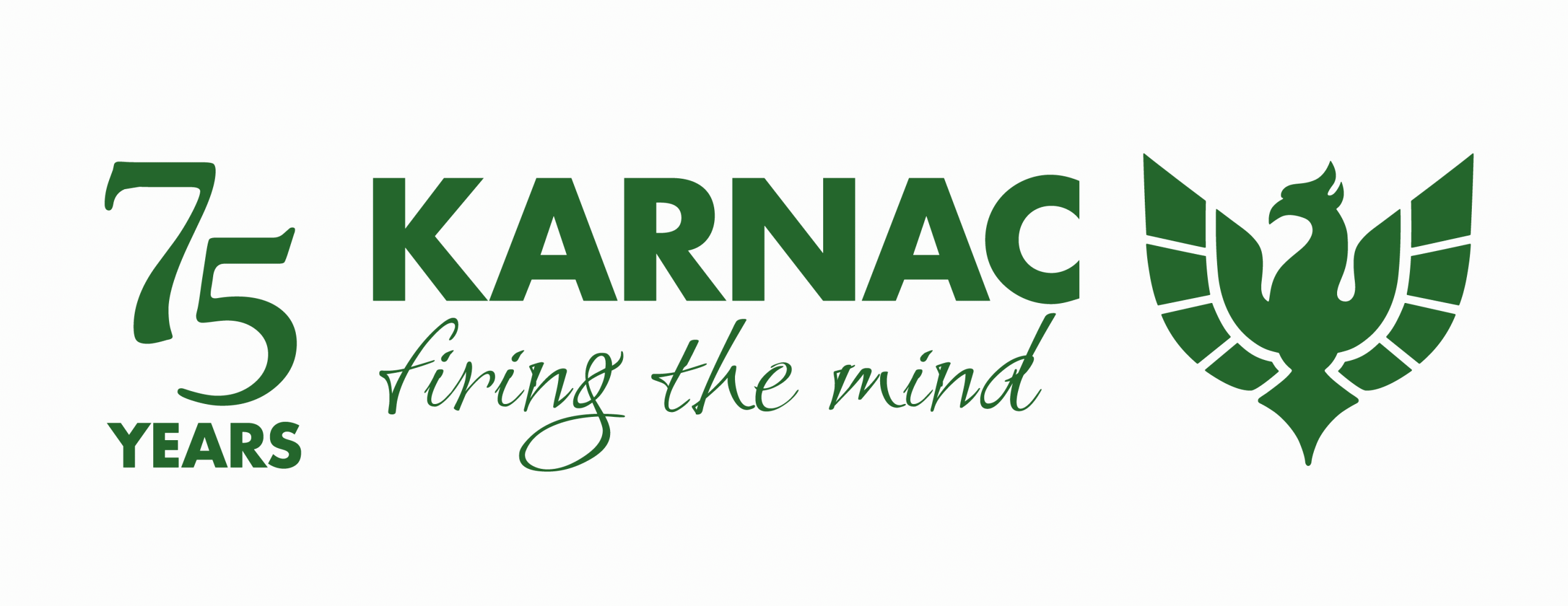

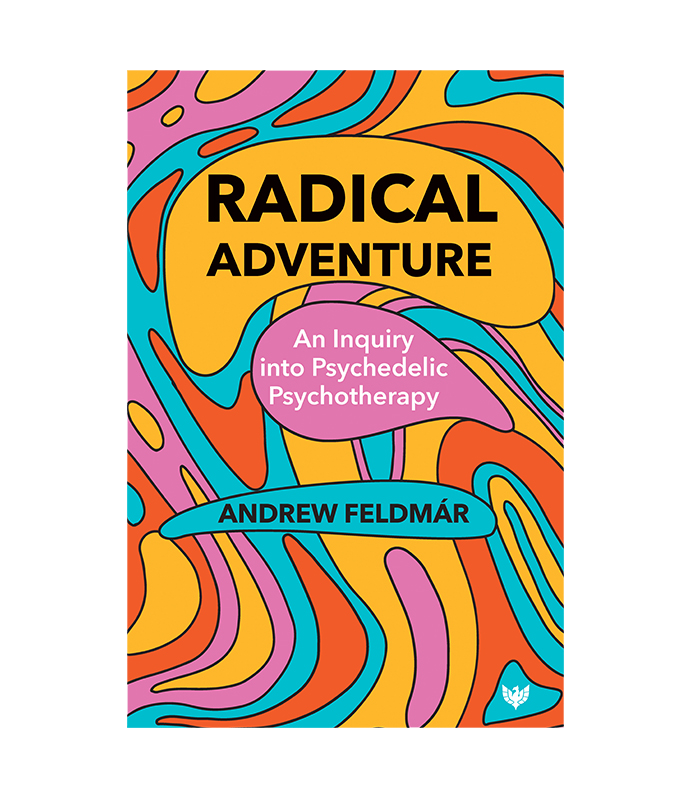
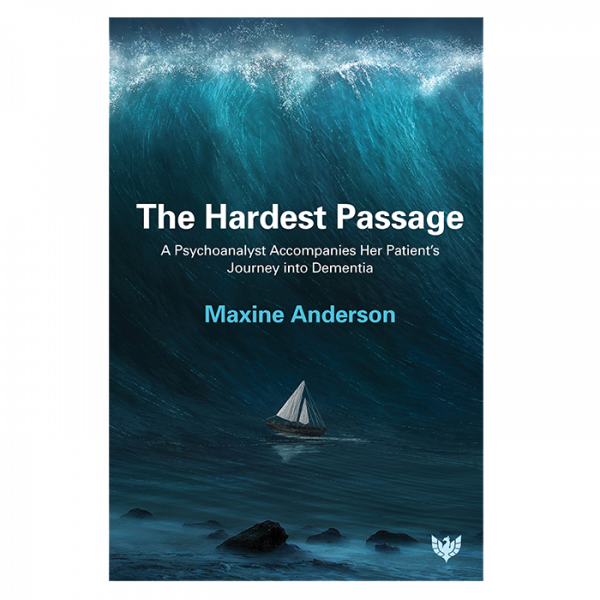
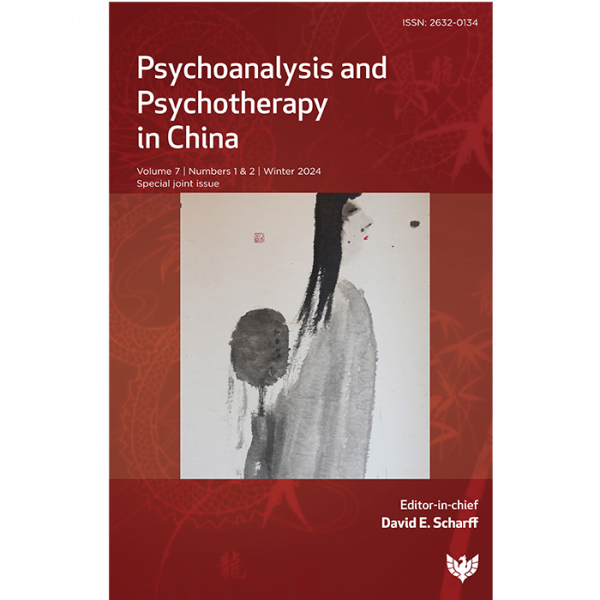
 Andrew Feldmár is a Vancouver-based psychologist and psychotherapist. His approach to therapy seeks to reconnect patients to the joys of everyday life through relying on loving, living relationships, rather than the alienation of the classical doctor–patient relationship. He was born in Hungary during WWII (1940), and after the 1956 revolution was defeated, he immigrated to Canada on his own at the age of sixteen. He graduated with honors from the University of Toronto with a BA in mathematics, physics, and chemistry, as well as an MA in psychology from the University of Western Ontario. He has been a psychotherapist since 1969.
Andrew Feldmár is a Vancouver-based psychologist and psychotherapist. His approach to therapy seeks to reconnect patients to the joys of everyday life through relying on loving, living relationships, rather than the alienation of the classical doctor–patient relationship. He was born in Hungary during WWII (1940), and after the 1956 revolution was defeated, he immigrated to Canada on his own at the age of sixteen. He graduated with honors from the University of Toronto with a BA in mathematics, physics, and chemistry, as well as an MA in psychology from the University of Western Ontario. He has been a psychotherapist since 1969.
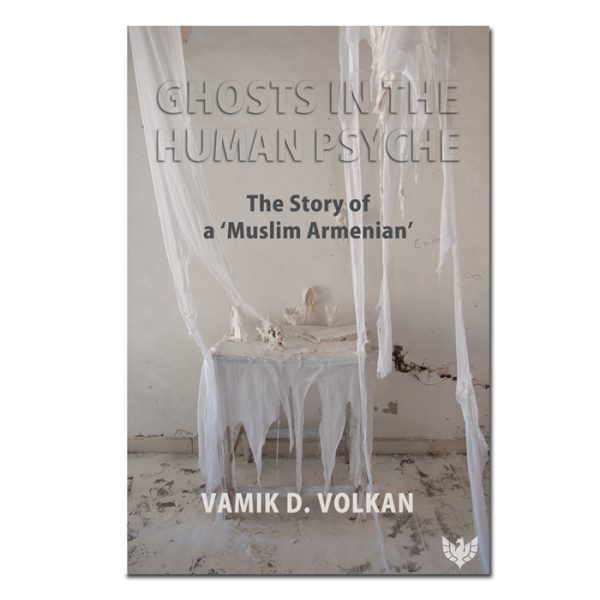
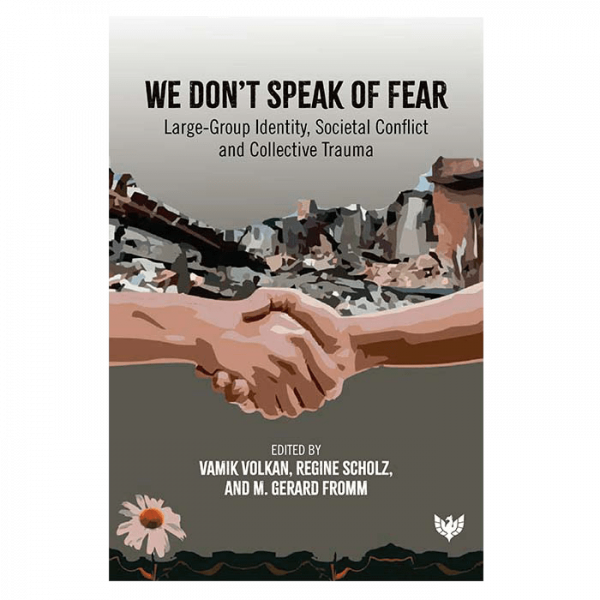
Professor David Nutt, psychiatrist, leading researcher in neuropsychopharmacology at Imperial College London, and Chair of Drug Science –
‘An inspiring book of insights into the history and value of psychedelics from one of the first pioneers in the field. Andrew Feldmár shares a wealth of insights from early experiences of LSD therapy with Ronnie Laing to his recent role in the MAPS trials of MDMA for trauma. A delightful and thought-provoking account of the life of a remarkable human being.’
Dr Ben Sessa, MBBS (MD), BSc, MRC Psych, consultant psychiatrist and psychedelic researcher, Bristol, UK –
‘There is no denying that Andrew Feldmár is a psychedelic elder in a world of fledglings. His life spent alongside the great and good of psychedelic history speaks for itself. Weaving these experiences into inspiring stories, he describes for the reader their influence on his personal direction as he explores the importance of spirituality, the training of therapists, and fundamental processes at work in a psychotherapeutic relationship. The issue of trauma – and how trust and connection are the central cornerstones of psychedelic therapy – is paramount. Above all, he emphasises the importance of listening to and hearing our patients. Not just intervening. And in doing so, Feldmár provides a sense of urgency to the book. A determination to “get it (the psychedelic renaissance) right” this time around. But this does not mean he sees no value in today’s renaissance. On the contrary, as a clinician, Feldmár knows the importance of effective mental healthcare. And he has certainly played his part in the developing renaissance we are a part of. Feldmár is an elder, true. But his words and guidance are as cutting edge and contemporary as can be. Us fledglings would do well to sit up and listen.’
Ben Finch MBACP (Accred), integrative psychotherapist, Therapy Today 36(9), November 2025. –
‘In what at times feels like an homage to psychiatrist RD Laing, Feldmár shares radical reflections from a pioneering career integrating psychedelics and psychotherapy. The book began as a synthesis of Feldmár’s work on altered consciousness, evolving through conversation into something more fluid. This suits his relational approach and makes for an engaging read […] For therapists curious about the psychedelic renaissance, this book offers a refreshing and challenging perspective that invites serious reflection on where the field is heading.’